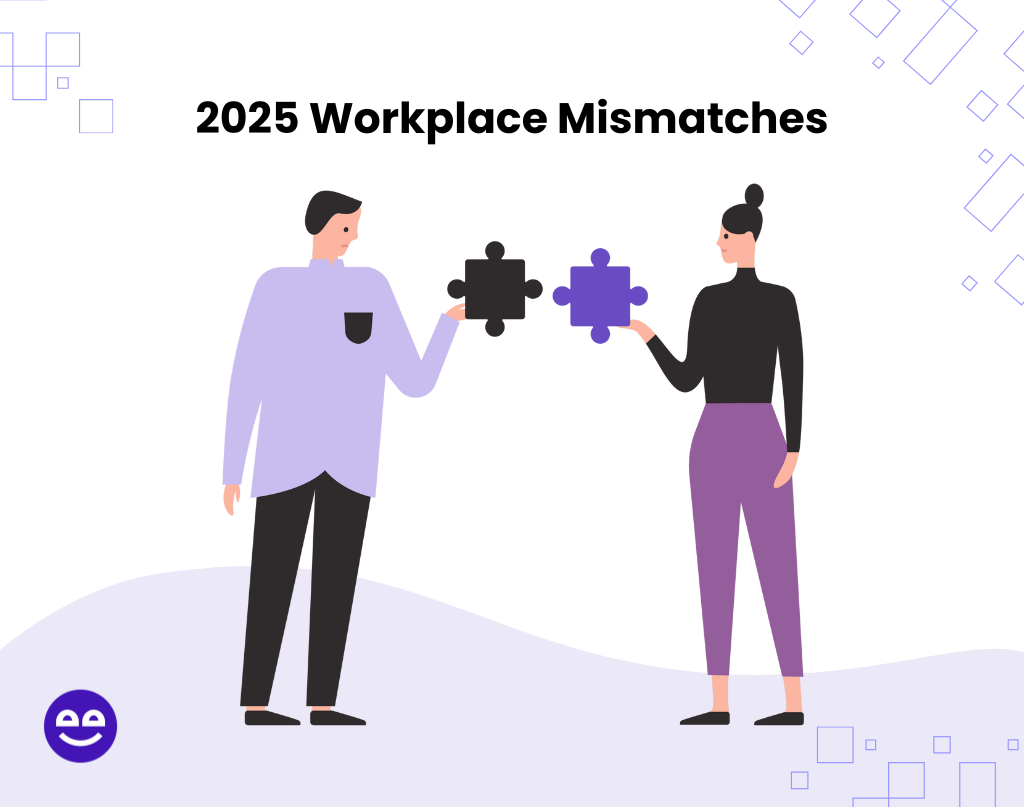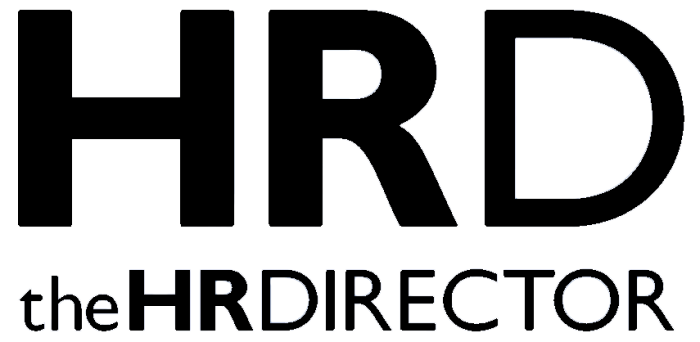There is an important question to answer if you want to minimize the chance of losing a top talent in 2025: Do you know what your employees value the most in the workplace? Recent insight from Jobseeker.com highlights that some of the most critical things employees care about in 2025 aren’t getting nearly enough attention from employers.
employees and HR specialists all over the US were surveyed* to identify these gaps. In this article, we want to see what’s going wrong, dive deep into the top 3 gaps, and explore what companies can do to bridge them.
1. A Positive Work Environment, Underestimated by Employers
One of the biggest mismatches between employees and employers is regarding a positive work environment. 46% of employees rank a positive work culture among their top priorities, yet only 29% of employers recognize its significance.
Why it matters: Today, employees seek jobs that provide respect, support, and empowerment. HR expert Ben Dowse states: “That means being trusted, having the psychological safety to speak up, feeling a genuine sense of belonging, and having the flexibility to balance work and life. This isn’t just a “nice to have”, it’s essential for performance, wellbeing, and retention.” Earlier studies indicate that supportive environments result in improved attendance, increased productivity, and enhanced engagement. (1)
And let’s not forget how damaging neglecting culture can be. According to MIT Sloan Management Review, toxic culture was the single biggest reason people left their jobs in recent years, 10 times more influential than pay. (2)
Creating and nurturing a positive work culture must be viewed not just as an HR strategy but as a crucial business imperative. If you’re worried about competing priorities for limited resources, it’s good to note that replacing an employee can cost between 6 and 9 months of that employee’s salary. (3)
Actions for HR:
- Quick Win (1-3 months): Implement monthly pulse surveys to gauge sentiment and identify specific improvement areas that may go unnoticed.
- Medium-term (3-6 months): Develop an internal events calendar to plan meaningful moments of connection throughout the year (wellness programs, group activities, social gatherings). This helps ensure that the connection isn’t left to chance, but intentionally woven into your culture. Alongside this, upgrade your recurring company meetings by treating them as opportunities to foster belonging.
- Strategic Investment (6-12 months): Create a leadership development plan emphasizing emotional intelligence and communication skills, with specialized modules for managing hybrid and remote teams.
- Ongoing Practice: Establish transparent communication channels where employees can safely provide feedback to management, with clear accountability for addressing concerns.
2. Diversity, Equity & Inclusion is a Common Talking Point, But Not Acted on Enough
The statistics show that DEI is way more important for employees than employers think. 29% of employees prioritize DEI initiatives, yet only 8% of employers actively place a significant emphasis on diversity, equity, and inclusion.
Why it matters: DEI is far from merely a moral imperative or superficial corporate responsibility. Research by McKinsey consistently indicates that companies with strong diversity policies significantly outperform industry peers, often by up to 35% in profitability. (4) Diverse organizations benefit from richer innovation, stronger resilience, and better problem-solving capabilities, allowing them to attract broader talent pools and compete more effectively in the global marketplace.
- Persistent Gender Disparities: A survey* reveals that 35% of women suspect gender-based hiring discrimination, compared to 16% of men. Additionally, 29% of women believe their career progression has been hindered by gender, versus 10% of men. These statistics underscore ongoing biases that impede equitable career advancement.
- Leadership Imbalance: Nearly half (47%) of respondents described their management and executive teams as male-dominated, while only 17% reported female-dominated leadership. This imbalance suggests that women continue to face barriers in ascending to senior roles.
Actions for HR:
- Quick Win (1-3 months): Audit administrative and strategic task distribution to ensure women are not disproportionately assigned clerical duties that limit their leadership opportunities.
- Medium-term (3-6 months): Establish transparent criteria for clear career paths and ensure that all employees have equal access to advancement opportunities, regardless of gender, ethnicity, or background.
- Strategic Investment (6-12 months): Launch structured development programs to support underrepresented groups, including women, in stepping into leadership roles. Offer mentorship, sponsorship, and tailored support that addresses specific barriers to advancement.
- Ongoing Practice: Set, communicate, and regularly review measurable goals for increasing diversity in recruitment, ensuring fair opportunities for career advancement, and promoting transparency in pay structures.
By actively addressing these issues, organizations can move toward a more equitable workplace where DEI initiatives are not just acknowledged but effectively implemented, leading to improved employee satisfaction and organizational performance.
3. Remote and Flexible Work as A Dealbreaker for Many
We can’t ignore that COVID brought us a new perspective on remote work. Since 2020, this topic has been in the spotlight, and it seems that the workforce and companies are not heading in the same direction. Nearly half (47%) of employees express a strong preference for fully remote working arrangements, yet only 7% of employers provide such flexibility.
Why it matters: The desire for remote and flexible working arrangements has shifted significantly over recent years from a desirable perk to a critical decision-making factor for many job seekers and current employees alike.
A Future Forum report showed that workers with full schedule flexibility report 39% higher productivity and 64% greater ability to focus than workers with no ability to shift their schedule. (5)
Organizations that stubbornly cling to outdated, rigid work policies risk alienating high-quality talent, as today’s employees increasingly value autonomy and work-life integration over traditional markers of job prestige and status.
Actions for HR:
- Quick Win (1-2 months): Review and update remote work policies to reflect current realities, prioritizing performance outcomes over traditional attendance metrics.
- Medium-term (3-6 months): Invest in collaboration platforms and digital infrastructure that support seamless remote work, communication, and productivity across teams.
- Strategic Investment (6-12 months): Provide training and resources that enable managers to effectively support, evaluate, and lead remote or hybrid teams.
- Hybrid Solutions: For organizations unable to support fully remote arrangements, implement structured hybrid models with clearly designated collaboration days and autonomous work periods.
Bridging the Gaps
The workplace mismatches of culture, DEI, and flexibility represent significant, practical challenges that can severely hinder organizational effectiveness if left unaddressed. HR teams are uniquely positioned to bridge these gaps, leveraging insights into employee priorities to create proactive strategies that attract, engage, and retain top talent.
Success in today’s competitive talent landscape increasingly hinges upon an organization’s ability to listen carefully, respond thoughtfully, and adapt quickly. Companies that embrace these imperatives stand to benefit immensely, creating workplaces that resonate with employee values, bolster organizational resilience, and sustain long-term competitive advantages.
The most successful organizations in 2025 and beyond will be those that recognize employees as strategic partners whose alignment with company priorities directly determines business outcomes. The time to address these mismatches isn’t in the future, it’s now.
References:







